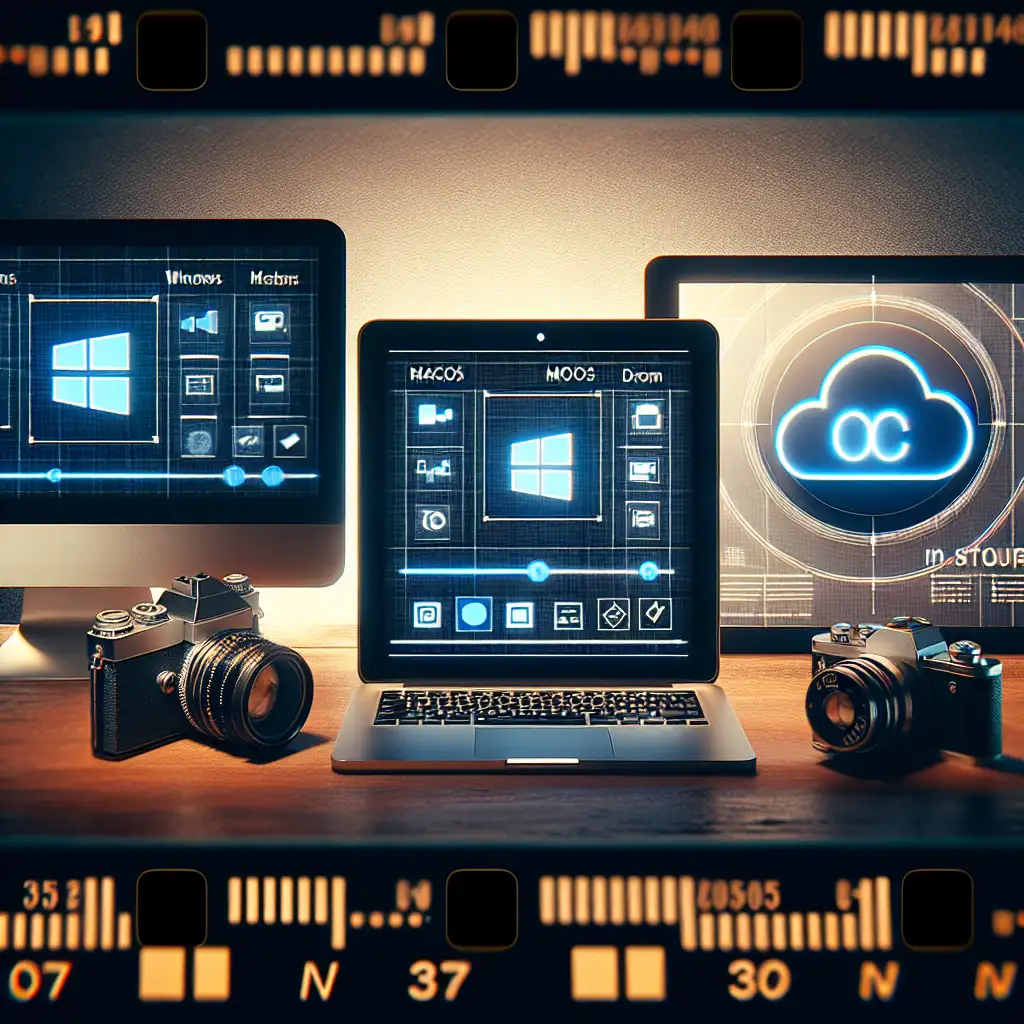How to Quickly Locate and Access OneDrive Across Different Devices and Operating Systems
While everyone assumes OneDrive is just "a cloud folder," most users don’t realize how its location and access methods vary drastically between platforms—and how knowing these quirks can multiply your workflow efficiency overnight. OneDrive has become a cornerstone of modern cloud storage, yet many still struggle to find it quickly amidst evolving interfaces and the myriad devices we work on daily. Mastering efficient access not only saves time but also reduces frustration and enhances productivity across diverse IT environments.
In this post, I’ll walk you through the quickest ways to locate and open OneDrive on Windows PCs, Macs, Android phones, iPhones/iPads, and even through the web. Let’s get you seamlessly connected to your files wherever you are.
1. Finding OneDrive on Windows PCs
Why it's usually easy here: Since OneDrive is developed by Microsoft, Windows has tight integration built in.
How to Locate:
-
Via File Explorer:
Open File Explorer (Windows key + E). Look for "OneDrive" in the left sidebar navigation pane. It typically appears right under "Quick Access" or as its own item with a cloud icon. Clicking this opens your synced local OneDrive folder. -
From the Taskbar:
Check your Taskbar’s notification area (bottom-right near the clock). You’ll often see a blue cloud icon—clicking this opens the OneDrive app window, where you can access files or open your local synced folder. -
Search for OneDrive:
Press Windows key, type “OneDrive”, then hit Enter. This launches the application or directs you to your folder.
Quick Tip:
If you don’t see OneDrive installed or running, chances are it wasn’t set up during Windows installation. You can download it here: onedrive.live.com.
2. Accessing OneDrive on macOS
Microsoft provides a dedicated OneDrive app for Mac that integrates with Finder.
How to Find It:
-
Use Finder Sidebar:
Open a Finder window and look in the sidebar under “Favorites” for “OneDrive.” If it’s not there, go to Finder > Preferences, then under “Sidebar,” enable the checkbox for OneDrive. -
Launch from Applications:
Open Spotlight (Command + Space), type “OneDrive,” and press Enter to start the app—after which you should see its folder in Finder. -
Menu Bar Icon:
Once running, OneDrive displays a cloud icon in the menu bar at top-right of your screen. Clicking it gives quick access to recent files.
3. Mobile Devices: Android and iOS
Since mobile operating systems don’t feature built-in file managers with deep integration like desktops, using the dedicated apps is best.
On Android:
-
Use the OneDrive App:
Open your app drawer and tap “OneDrive” (install from Google Play Store if missing). The app is your portal to all cloud files plus photos/videos synced from your phone. -
Access via Files/Downloads:
Some file managers may show a “OneDrive” section if linked—but this varies widely by manufacturer/custom launcher.
On iPhone/iPad:
-
Open the OneDrive App:
Tap it from your home screen or search via Spotlight by dragging down on home screen and typing “OneDrive.” -
Files App Integration:
Starting with iOS 11, Apple’s Files app lets you add cloud services like OneDrive as locations—open Files > Browse > Edit > enable OneDrive. This allows native file browsing alongside iCloud Drive.
4. Using OneDrive on Linux or Other Unsupported OS
There’s no official desktop client yet but no worries—you can still use:
-
Web Browser Access:
Head straight to onedrive.live.com using Firefox, Chrome, or any browser. Log in with Microsoft credentials for full web-based access including file upload/download. -
Third-party Sync Tools:
Programs likercloneor open-source clients exist but require some technical setup.
Bonus: Locating Shared or Organization Accounts Across Platforms
Don’t forget that many people have multiple OneDrive accounts—personal plus work/school via Microsoft 365 tenants:
- On Windows/macOS apps, you can add multiple accounts and switch seamlessly within the same interface.
- On mobile apps, sign out/sign in multiple accounts or use different profiles.
- The web portal lets you toggle between accounts after logging in with different credentials.
Wrapping Up
Knowing exactly where and how to find your OneDrive storage on various devices removes a big speed bump off your daily workflow road. Instead of hunting around menus or struggling with unfamiliar interfaces, these simple steps put all your files right at your fingertips wherever you are:
| Device/OS | Quick Access Method |
|---|---|
| Windows PC | File Explorer sidebar or taskbar (blue cloud icon) |
| macOS | Finder sidebar or Spotlight + menu bar icon |
| Android | Dedicated OneDrive app from Google Play Store |
| iPhone/iPad | Official app or integrated Files app |
| Linux/Other | Web browser via https://onedrive.live.com |
Try bookmarking these tips until muscle memory kicks in—you’ll save minutes every day that add up fast!
If you want me to cover setup tips for syncing specific folders or troubleshooting stubborn sync errors next time, just let me know in the comments below!
Happy syncing!
